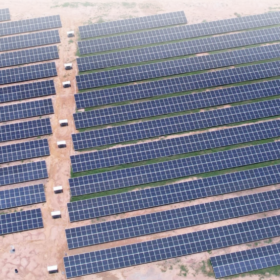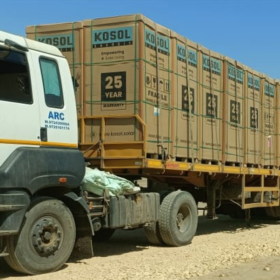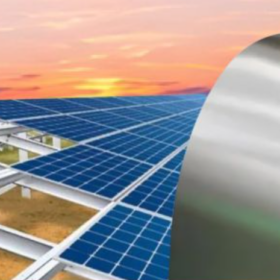India is one of the largest automotive markets in the world, with demand expected to grow in the coming years. With the government’s support and increasing customer acceptance, electric vehicles (EVs) are gaining significant traction.
A 2022 analysis by the McKinsey Battery Insights team projects that the entire lithium-ion (Li-ion) battery chain, from mining through recycling, could grow by over 30 percent annually from 2022 to 2030, when it would reach a value of more than $400 billion and a market size of 4.7 TWh.
In India alone, the battery demand is expected to rise to 260 GWh by 2030. This would require nearly 26 gigafactories with an average advanced battery production capacity of 10 GWh per year.
From electric vehicles to renewable energy storage, batteries play a pivotal role in shaping a greener future. However, despite the promising landscape, battery cell manufacturing in India faces several challenges that require innovative solutions to overcome.
Supply chain bottlenecks
One of the foremost challenges is the dependency on imported raw materials. India lacks substantial reserves of key minerals such as lithium, cobalt, and nickel, essential for battery production.
Though we have recently discovered lithium reserves in J&K, mining and extracting them will take time. And even when we are able to use our own resources for making lithium cells, there will surely be much more demand, and we will again have to depend on other countries for lithium supplies. This reliance on imports not only inflates costs but also exposes manufacturers to geopolitical and trade-related risks. Efforts to secure alternative sources and recycle materials are underway, but these solutions require time and investment.
Technological gaps
Technological advancements in battery cell manufacturing are pivotal to improving efficiency and reducing costs. However, India faces a significant lag in research and development compared to global leaders like China, Japan, and South Korea. Bridging this gap demands substantial investments in R&D, skilled workforce development, and collaboration between industry and academic institutions. There are frequent changes in battery technologies, and India is still following other countries’s technologies.
Infrastructure deficiencies
The infrastructure necessary for large-scale battery manufacturing, including stable power supply, advanced production facilities, and efficient logistics networks, is still developing in India. Establishing robust infrastructure is crucial for maintaining consistent production quality and scaling up operations to meet increasing demand.
Regulatory/policy hurdles
Navigating the regulatory landscape poses another challenge for battery manufacturers in India. While the government has introduced policies to encourage EV adoption and local manufacturing, the implementation of these policies often faces bureaucratic delays. Streamlining regulations and offering clearer guidelines could significantly enhance the industry’s growth trajectory.
Environmental concerns
The environmental impact of battery manufacturing, particularly concerning the disposal and recycling of used batteries, is a pressing issue. Developing sustainable practices and adhering to stringent environmental standards are essential to mitigating adverse effects. Companies must invest in green technologies and adopt circular economy principles to ensure long-term environmental sustainability.
Financial constraints
Securing adequate funding for large-scale battery manufacturing projects remains a significant barrier. High capital expenditure, coupled with uncertain returns, deters potential investors. Government incentives, subsidies, and public-private partnerships could play a pivotal role in alleviating financial constraints and fostering industry growth.
Addressing these multifaceted challenges requires a coordinated effort from the government, industry stakeholders, and academic institutions. By focusing on strengthening supply chains, advancing technological capabilities, improving infrastructure, streamlining regulations, prioritizing environmental sustainability, and enhancing financial support, India can pave the way for a resilient and competitive battery cell manufacturing industry.
The views and opinions expressed in this article are the author’s own, and do not necessarily reflect those held by pv magazine.
This content is protected by copyright and may not be reused. If you want to cooperate with us and would like to reuse some of our content, please contact: editors@pv-magazine.com.








Covers the basic challenges the battery industry is facing. However, investors are coming in.
This is a well-researched article on challenges in battery cell manufacturing in India. It clearly explains the roadblocks and offers solutions like government support and industry collaboration. A promising future for Indian battery manufacturing is achievable.